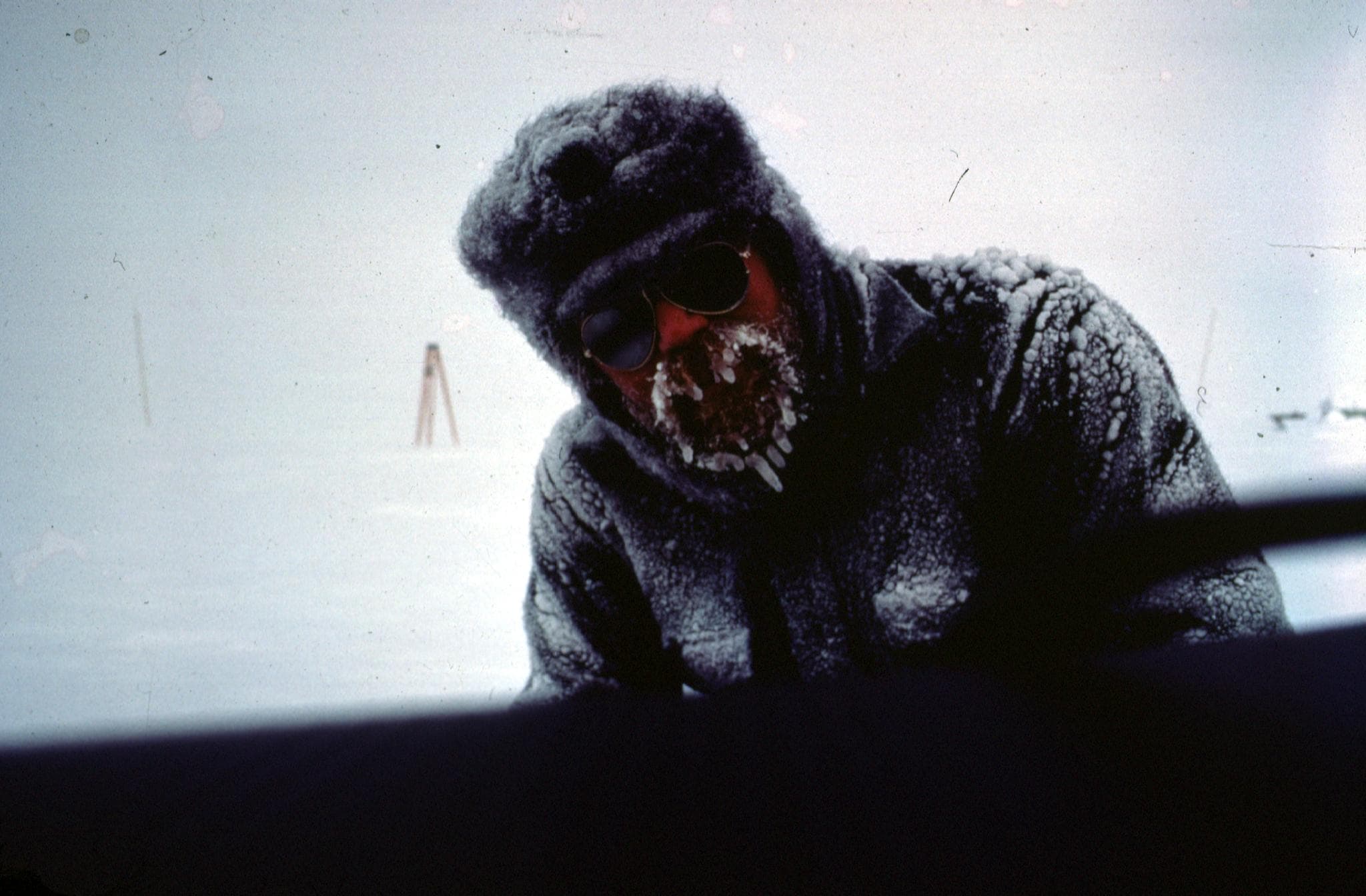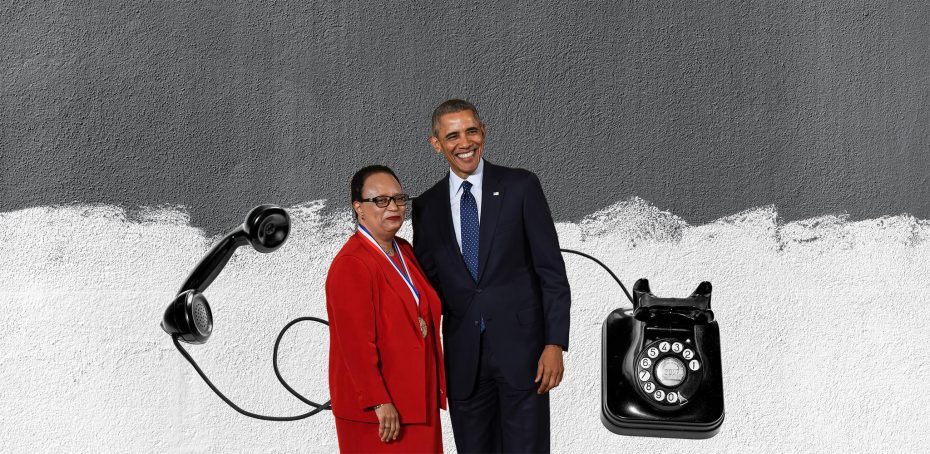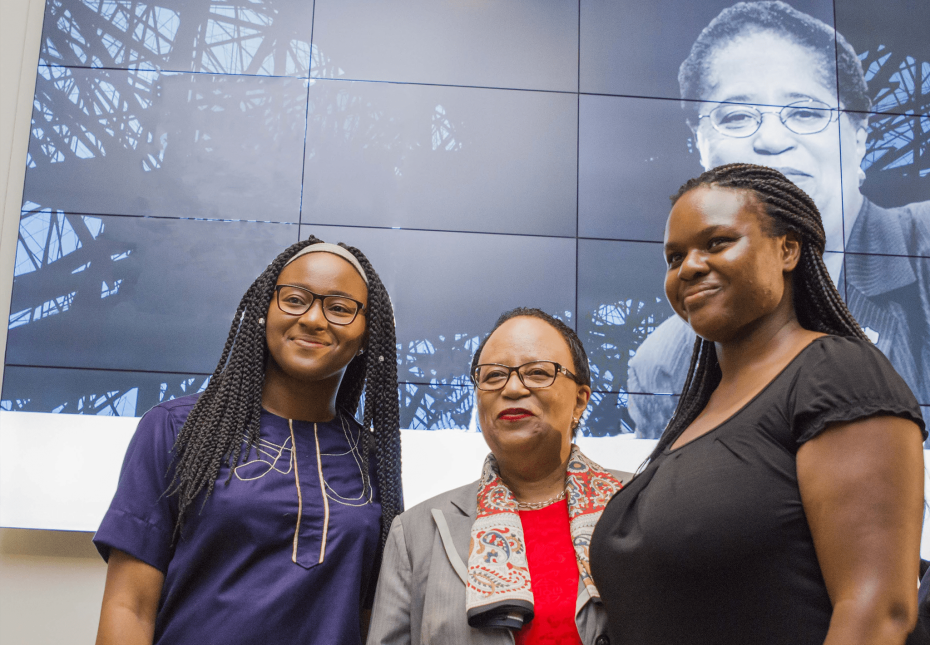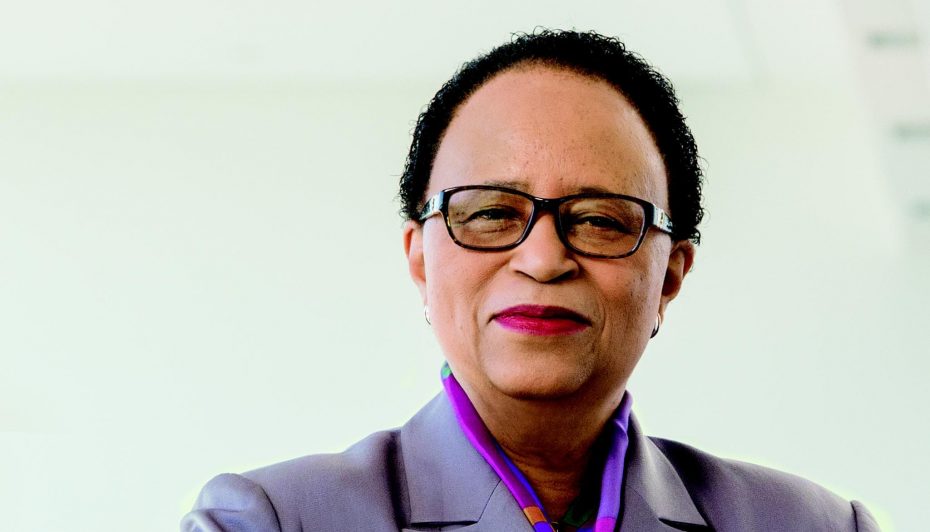The first expedition, it was really an attempt – you know. Once you decide that it’s important to get a record from some part of the world, like the Quelccaya icecap, you’re still left with the reality of how you’re gonna get it, because this icecap is the largest tropical icecap on earth. It’s at 18,670 feet, and when we were starting, I was naïve. I thought that if we could get a drill from Antarctica and get a power system from Antarctica, and we could make a contract with a helicopter from the Peruvian air force, we could actually just fly up there and drill a core and take it home.
Well, it turned out that it was much more of a challenge than we had thought. We did bring a drill up from Antarctica and a power system, and we did fly a helicopter from the coast of Peru up to a little town of Sicuani up on the plateau. It took 13 hours to get the helicopter up there.
There was not an airport, so we had to bring in the fuel for the helicopter in a boxcar on a train, and we actually staged the operation out of the back of a little hotel in this small town.
But when we tried to approach the icecap – you’re flying along at 19,000 feet. This helicopter would just fall in the thin air, and – I mean we did the reconnaissance early in the morning and late in the evening, when there’s very little conductive activity, but it’s still a mountainous region.
And in the end, they could not get to this icecap. They couldn’t land, and the drills were too heavy. The power systems were too big for horses, and it was a two-day journey with pack animals from the end of the nearest road.
So, at that stage, we had to either give up the possibility of getting a record out of this icecap, or come up with a new system, and that’s when we first started thinking about using solar power to power the drill system, and we actually developed, working with Bruce Koci, the first solar-powered ice core drill system. And we took it into this icecap in 1983, and I would say a lotta people had told us that this wasn’t gonna work and that, you know, that it was too high for human beings, and the technology didn’t exist to drill this icecap.




